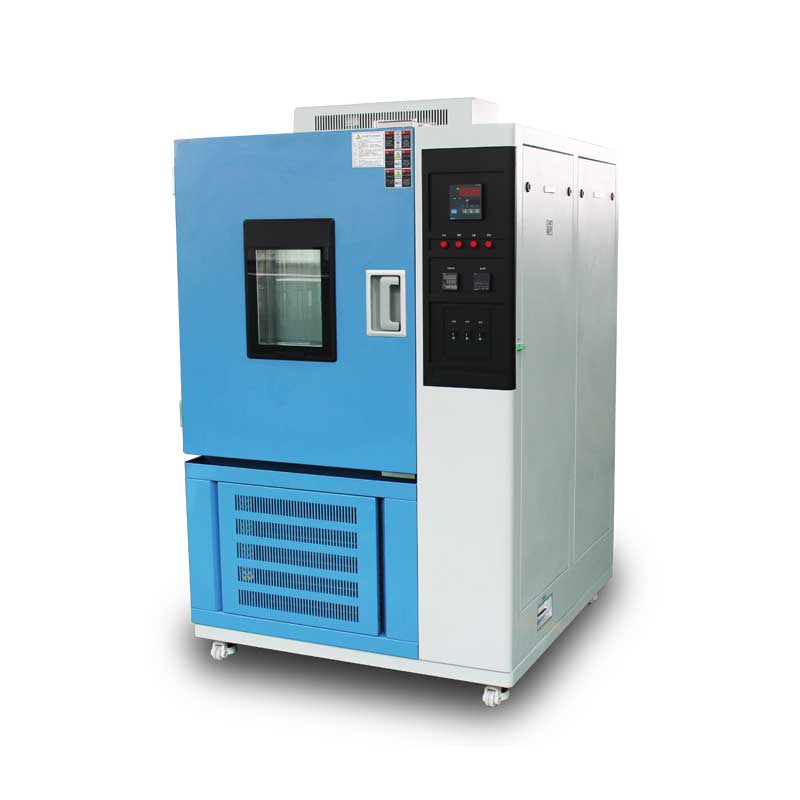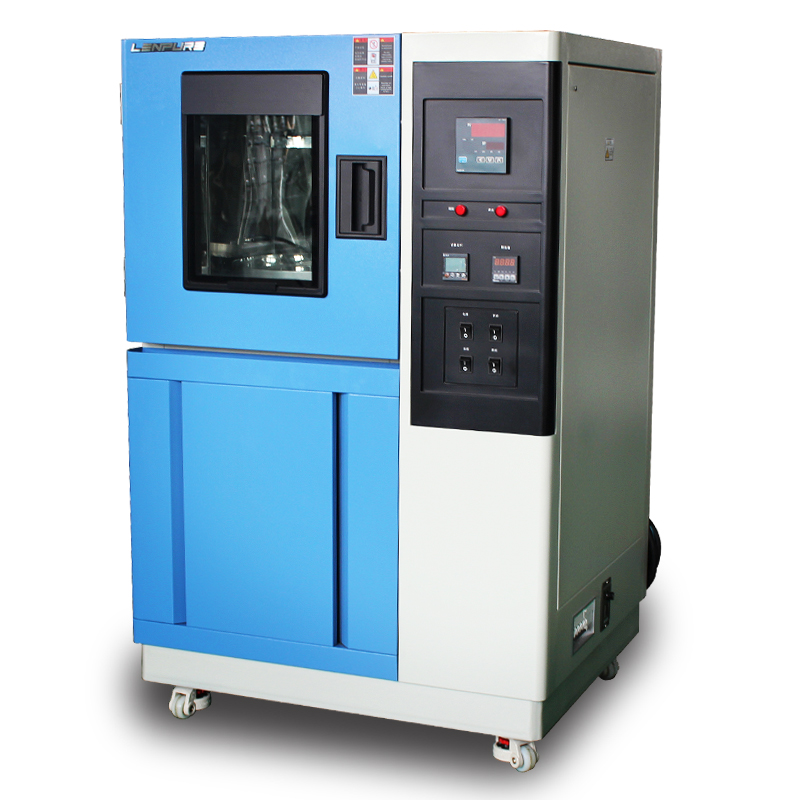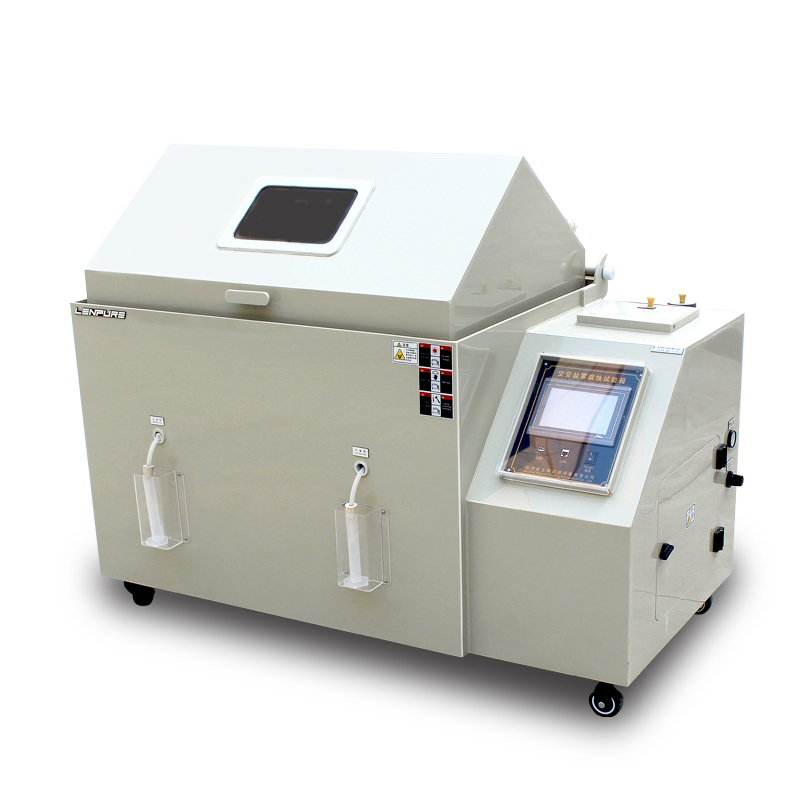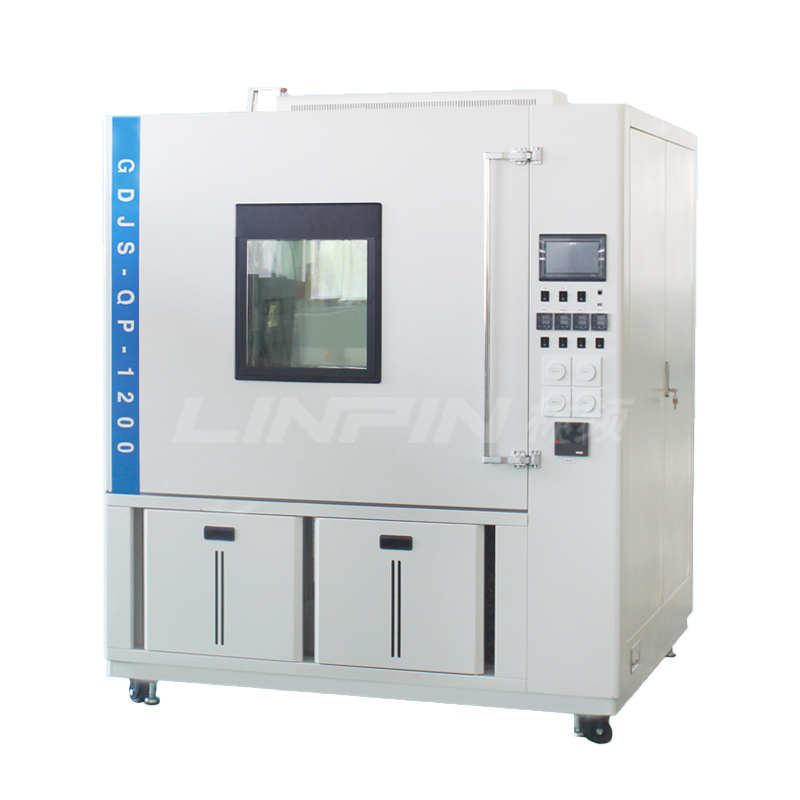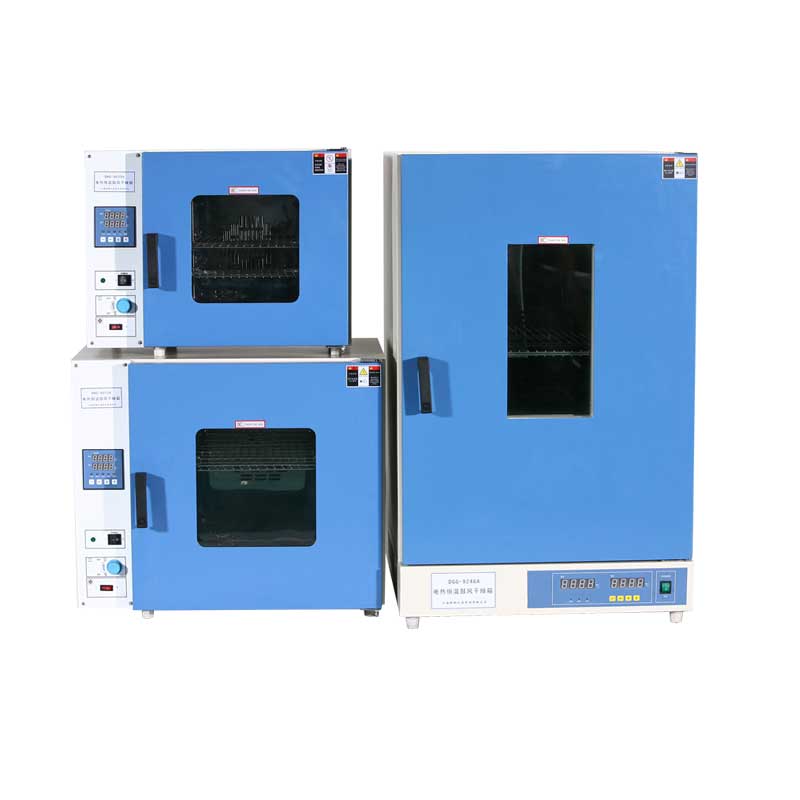Low-Temperature Test Chamber: Applications and Advantages
Author:LINPIN Update Time:2025-04-22 Source:LINPINLow-temperature test chambers are widely used to evaluate the performance stability of electronic products, automotive components, aerospace materials, and more under freezing conditions. For example, electronic devices such as smartphones and batteries must undergo rigorous testing in low-temperature chambers to verify their startup performance and stability in cold environments. Similarly, automotive parts—including engines, electronic systems, and materials—are tested to ensure reliable operation in frigid climates. These tests enhance product reliability and durability under extreme conditions.

I. Core Applications of Low-Temperature Test Chambers
A low-temperature test chamber is a specialized device designed to simulate extreme cold environments, serving critical roles across industries such as manufacturing, research, and healthcare. Key applications include:
1. Product Reliability Testing
Used to assess the performance stability of electronics, automotive parts, and aerospace materials in low temperatures, ensuring functionality under harsh climatic conditions.
2. Material Performance Research
Evaluates the cold resistance, brittleness thresholds, and mechanical strength changes of metals, plastics, rubber, and other materials in freezing environments.
3. Biomedical and Pharmaceutical Fields
Facilitates low-temperature storage and freeze-thaw experiments for vaccines, pharmaceuticals, and biological samples to validate preservation efficacy and activity.
4. Environmental Adaptability Verification
Supports military, telecommunications, and other industries in testing product performance in extreme cold regions or high-altitude environments.
5. Quality Control and Compliance Certification
Meets international standards (e.g., ISO, GB, MIL-STD) for low-temperature testing, ensuring regulatory compliance before product launches.
II. Key Advantages of Low-Temperature Test Chambers
1. Precision Temperature Control
Equipped with advanced refrigeration systems and PID intelligent regulation, these chambers cover a temperature range of -70°C to ambient with minimal fluctuation (±0.5°C), ensuring data accuracy.
2. Energy-Efficient Design
Incorporates eco-friendly refrigerants and optimized compressors for rapid cooling and reduced energy consumption. Some models feature inverter technology for further cost savings.
3. Safety and Reliability
Multiple safeguards (e.g., over-temperature alarms, power failure recovery, self-diagnostics), explosion-proof glass observation windows, and corrosion-resistant stainless steel interiors ensure long-term stability.
4. User-Friendly Operation
Touchscreen interfaces support programmable settings and remote monitoring, with multi-group parameter storage to improve testing efficiency.
5. Modular Expandability
High-end models allow combined testing with humidity, vibration, and other factors to meet complex experimental requirements.
Conclusion
As a pivotal tool for environmental simulation, low-temperature test chambers provide unmatched precision, safety, and versatility, driving product development and quality assurance across industries. Whether enhancing competitiveness or advancing research, these chambers are indispensable for overcoming technical challenges and ensuring product reliability. Selecting the right low-temperature test chamber is a decisive step toward innovation and excellence.

